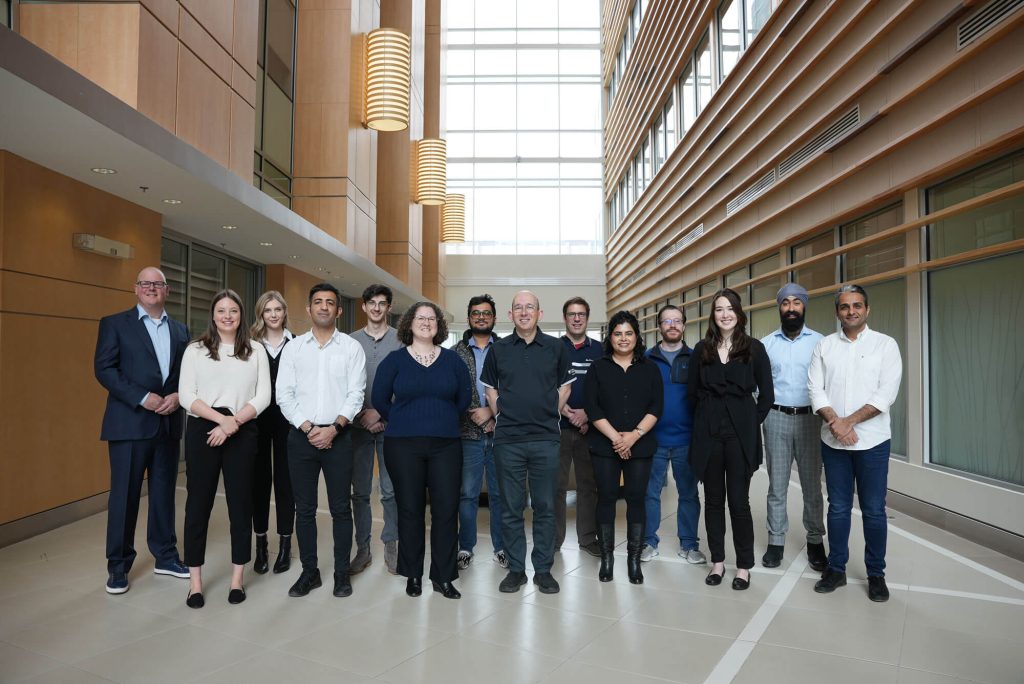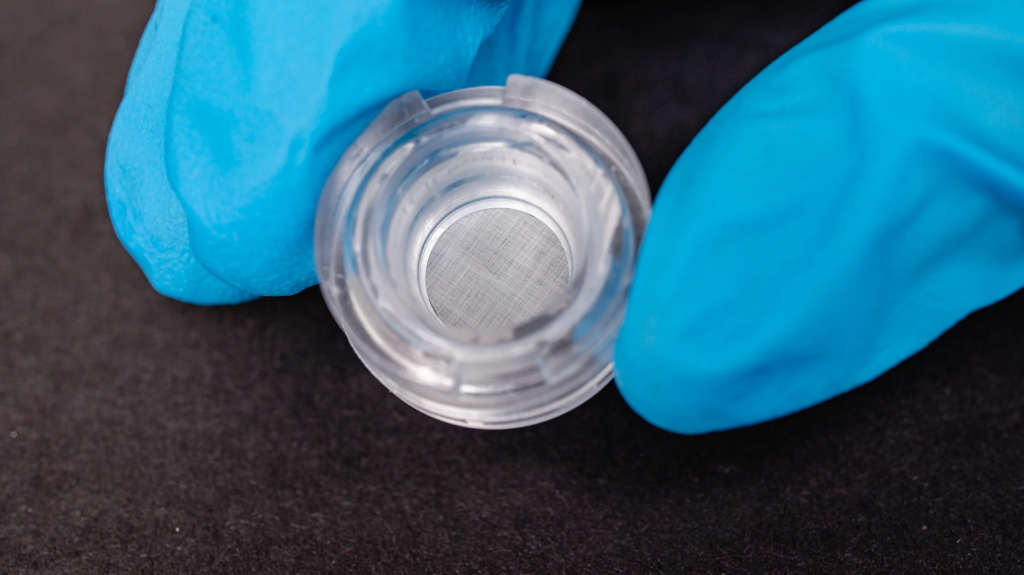3D BioFibR, a Canadian tissue engineering company, is launching two new collagen fiber products, μCollaFibR and CollaFibR 3D scaffold, to enhance 3D bioprinting.
These new off-the-shelf products are made using 3D BioFibR’s new proprietary dry-spinning technology, which can create collagen fibers at commercial scales. These new products are said to offer significant advantages for tissue engineering and tissue culture applications.
From a strength, diameter, and quality perspective, 3D BioFibR claims that their products are “best in class,” accurately recreating the natural appearance, structure, and function of collagen fibers. Moreover, the dry-spinning manufacturing process is said to be at least 3,600x faster than competing processes. This makes their collagen fibers more accessible for a growing number of bio-medical applications within the tissue engineering market.
“3D bioprinting is the future of regenerative medicine and it’s exciting to offer μCollaFibR to enhance the capabilities in 3D bioprinting. We all want to imagine a future where doctors could just print a kidney, using cells from the patient, instead of having to find a donor match,” commented 3D BioFibR CEO Kevin Sullivan. “Our collagen fibers represent a significant improvement over existing scaffolds used in 3D bioprinting, moving the field closer to this reality.”
Both μCollaFibR and CollaFibR 3D scaffold products are available to purchase now from the 3D BioFibR online store.

μCollaFibR and CollaFibR 3D scaffold
Collagen is widely used within biomedical applications, with researchers generally using digested collagen in its monomeric form (individual proteins). Whilst monomeric collagen serves multiple valuable functions, there are increasing efforts to reassemble these individual proteins into fibers more accurately representing collagen fibers found in the human body.
μCollaFibR (pronounced micro-CollaFubR) is a bioinkn additive for laboratory 3D bioprinting of tissue and organ models. This product works by mimicking the body’s cellular scaffolds, acting like a biological rebar in bioinks used to 3D print living tissue.
Once added to bioinks, μCollaFibR enhances the mechanical durability of 3D printed tissue, allowing multiple cell layers to 3D printed layer-by-layer. This enables the production of highly functional tissue and organ models.
The CollaFibR scaffold is designed for 3D cell cultures, allowing researchers to study cellular reactions in a more physiologically relevant 3D environment than traditional 2D cultures. A key advantage of this offering is that it uses GMP type 1 collagen. This produces a consistent collagen fiber matrix, resembling the biochemical and biomechanical properties of natural cellular environments.
“Our CollaFibR scaffold allows cells to grow and interact with the surrounding cellular scaffold in 3D, making it ideal for creating realistic tissue constructs for laboratory testing of new drugs and tissue models,” explained Sullivan. “Plus, our standard well plate dimensions are compatible with automated equipment for high throughput compound screening and advanced microscopy.”

The growth of 3D bioprinting
3D bioprinting is certainly a growing area within the current 3D printing industry. For instance, researchers at UMC Utrecht recently announced three new innovations in volumetric bioprinting. These new innovations relate to the creation of biologically functional regions in 3D printed cells; the use of granular gels to optimize 3D bioprinted cells; and combining volumetric bioprinting with melt electrowriting to 3D print blood vessels. The scientists hope that these developments will help to expand clinical uses of 3D bioprinting.
Elsewhere, in February of this year, 3D Systems announced plans for a Regenerative Tissue Program (RPT). This strategic initiative aims to develop and commercialize bioprinting human tissue. Through this program, 3D Systems can reportedly design and 3D print bio-integrative scaffolds that match the unique anatomy and physiology of a patient. One key application of this is 3D printing patient specific regenerative breast tissue.
Subscribe to the 3D Printing Industry newsletter to ensure you keep up with the latest 3D printing news. You can also follow us on Twitter, like our Facebook page, and subscribe to the 3D Printing Industry Youtube channel to access more exclusive content.
Are you interested in working in the additive manufacturing industry? Visit 3D Printing Jobs to view a selection of available roles and kickstart your career.
Featured image shows μCollaFibR by 3D BioFibR. Photo via 3D BioFibR.


